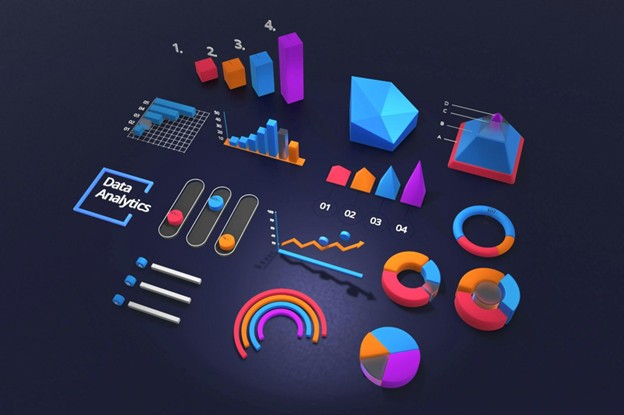
As digitalization grows, there is a need to digitize yourself in one of many ways, from social media channels to that of good website design. It is better for all types of businesses that you arrange all your content and plan it accordingly. Web design is the best way to do so, allowing people to engage with your business in a digital space.
Let’s proceed and find out more about web designing, and how to build such a platform.
What is Web Design?
Simply put, it is the whole process of conceptualizing, arranging, and planning all content on the web. In today’s era, designing such a website include all functionalities and does not leave the web apps, mobile apps, and design a friendly user interface.
Here, we are going to shed light on some of the elements of Web Design that are important to know in the very first place. Let us have a look at these below.
Elements of Web Design
When it comes to designing a website, it is important to consider the appearance as well as functionalities of the website at first. Integrating all elements will increase the overall usability of the site and performance as well. The usability of the website involves easy navigation, accurate use of graphics, a color scheme, and well-written text. The performance of the website refers to ranking, ability, speed, and searchability to attract an audience.
1. Visual Elements
There are some visual elements that we need to consider when it comes to designing a website to ensure that everything is in sync and works well together. Some of the visual elements of web design include written copy, fonts, colors, layout, shapes, spaces, images & icons, free images, and icons and videos.
2. Functional Elements
All these functional elements are imperative to consider while designing a website. A website that functions is crucial for the ranking of the websites on various search engines and providing users with the possible experience. Some of the navigation elements include navigation, user interactions, speed, animations, the structure of the site, cross-browser compatibility, and cross-device compatibility.
Types of Web Design
It’s important to understand the pros and cons of the different types of web designing, in order to decide which one to choose. There are two different styles available that are used to properly design a website such as adaptive and responsive.
- Adaptive Website: This type of web design uses two or more versions of a site that are personalized for certain screen sizes. These websites are segregated into two categories depending on what sizes are required to be displayed.
- Responsive Website: There is a flexible grid layout based on visual elements like the header and screen size. There are some breakpoints in the responsive websites and they will change continuously as per the size of the screen.
Wrapping up
In a nutshell, these are some of the pointers that we need to consider when it comes to designing a website, whether personal or professional. It’s up to you to decide whether to go for adaptive or responsive, as per nature and types of business that you’re into. Choose your web design accordingly and use the information from this article to enhance the appearance and organize the content on your website. Make your dream site a reality!






